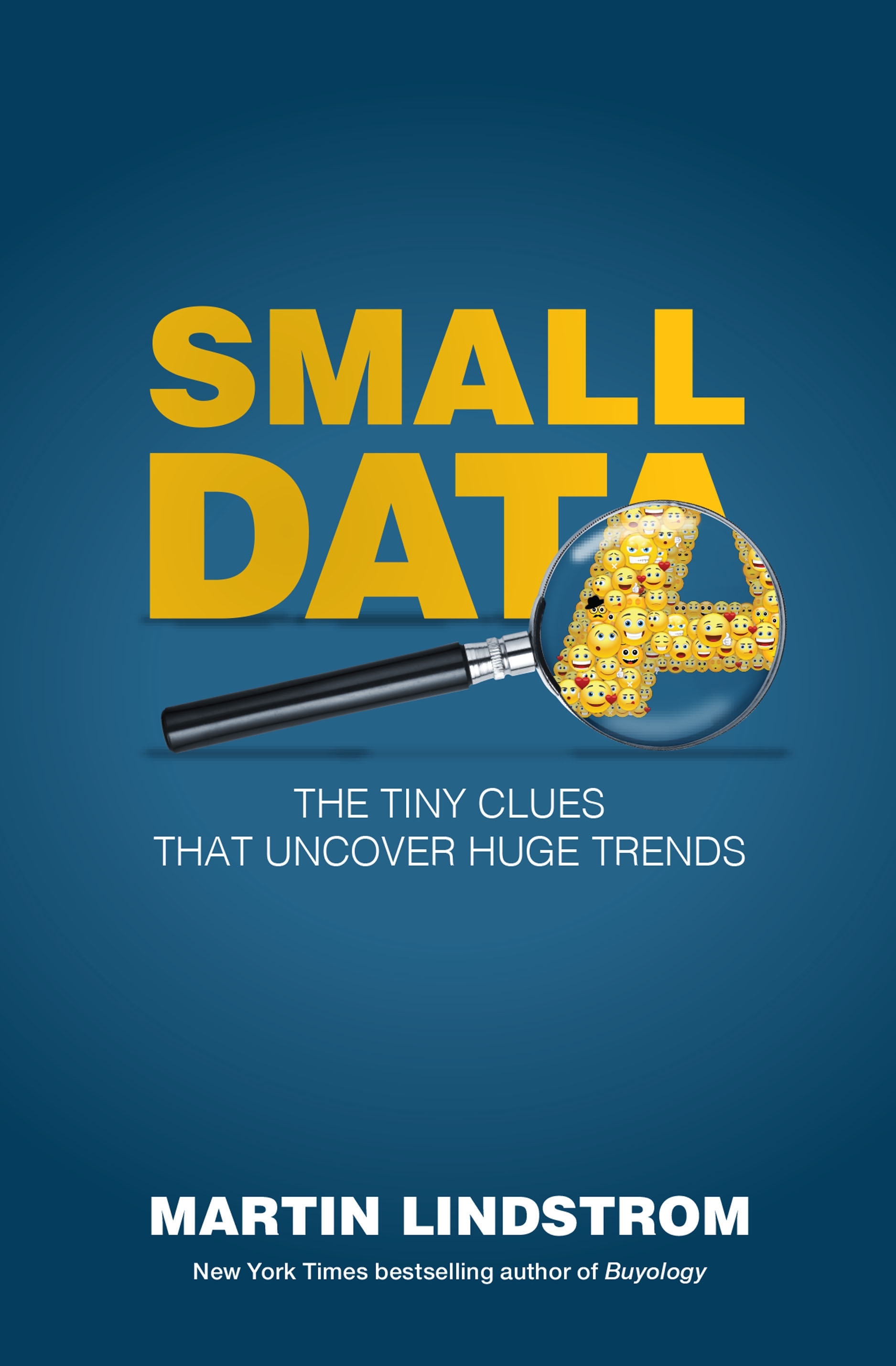
Today, thanks to big data, both the Democratic and Republican Parties believe they know everything about the American voter. If you’re a U.S. citizen who has disclosed personal information to a company or organization ranging from the NRA to your local CVS, odds are that this data has been sold to the two major political parties to help them frame, shape and refine their messaging. These political databases now contain information about more than 195 million registered and unregistered U.S. voters, up to and including their ages, addresses, ethnicities and educational levels.
But do the Democratic and Republican Parties and candidates really know as much as they think they do about the U.S. electorate? Chances are they don’t.
Big Data has fooled us into believing that at long last we’re omniscient. Not true. Big Data records what people say they want, but we all know how different that can be from the truth. Voters may brag to their friends that they support edgier candidates like Donald Trump or Bernie Sanders, and then behind the voter-booth curtains make the rational choice—as Hillary Clinton has positioned herself—or, alternately, vote for a Republican candidate like John Kasich or Jeb Bush, who may be less than fashionable to support publicly among their friends. Similarly, we all know how different our true selves and lives are from what we project on Facebook.
Big-brand consumer marketers have already found out that big data alone can’t tell them what consumers really want. Nor are they shy about inspecting consumers’ bedrooms and kitchens and analyzing music and media habits in search of “small data,” subconscious behavioral clues that tell them things big data can’t.
No, Trump and Clinton probably have no plans to rifle through your sweater drawer, or analyze the figurines on your dresser, but their campaigns need to face the fact that the Big Data revolution has its limits, and that if we think it provides all the facts, the consequences are risky. If Clinton’s campaign had looked behind big data to better understand voters, it could have recognized much earlier on the candidate’s lack of popularity among young women, and that running as the “safe” candidate would take all the excitement out of her campaign. And rather than skipping the debate preceding the Iowa caucuses in which he fared so poorly, Trump may have elected instead to participate.
If the candidates want to understand—and cater to—the desires of voters, they need to look beyond the data trail. Do you really think candidates in possession of reams of data they purchased about you really know who you are, and what you want? If we automate and data-fy the human process of connecting with voters, rather than electing a candidate who truly understands us, we might as well elect a robot.
More Must-Reads from TIME
- Cybersecurity Experts Are Sounding the Alarm on DOGE
- Meet the 2025 Women of the Year
- The Harsh Truth About Disability Inclusion
- Why Do More Young Adults Have Cancer?
- Colman Domingo Leads With Radical Love
- How to Get Better at Doing Things Alone
- Michelle Zauner Stares Down the Darkness
Contact us at letters@time.com